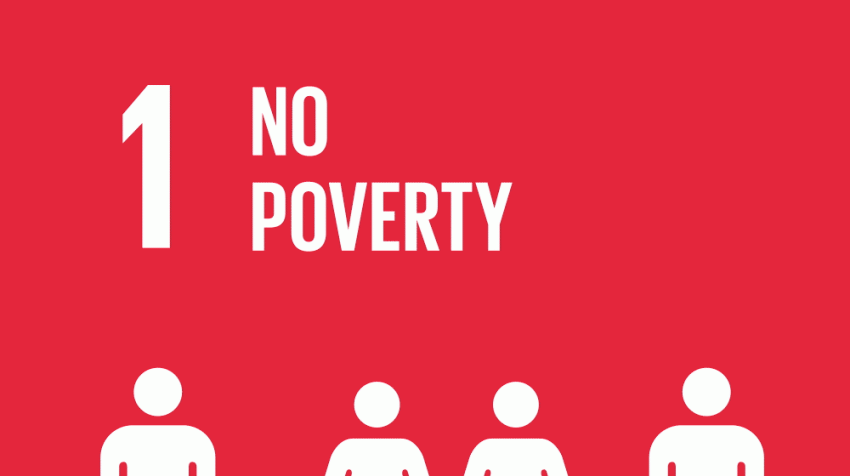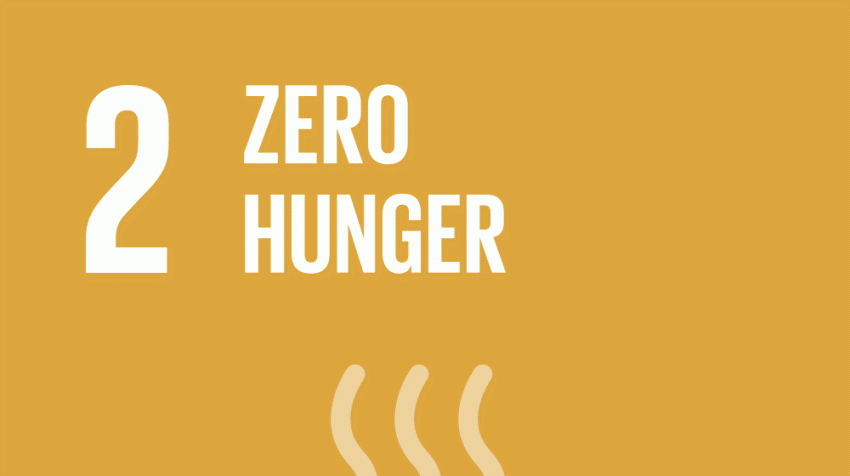
Goal 10—Why Addressing Inequality Matters
Compared to 30 years ago, income inequality has risen in a startling number of countries and is at its highest level in most member countries of the Organisation for Economic Co-operation and Development (OECD) since the end of the Second World War.

Goal 1—End Poverty in All its Forms Everywhere
If we're going to set a zero goal for global poverty in the post-2015 development agenda, it has to be an absolute goal, and not one set relative to national poverty lines, and the process of setting the new global poverty line should be open, transparent and participatory.

Goal 15—Seeing the Forest for the Trees—Making the Most of Synergies to Achieve SDGs in a Constrained Environment
Tackling deforestation, land degradation, desertification and the protection of biodiversity cannot be treated in isolation: healthy ecosystems are the bedrock of poverty reduction efforts, resilient and productive farming, and water systems that underpin development and growth.

Goal 6—Rising to the Challenge: Enabling Access to Clean and Safe Water Globally
Access to clean, safe and secure water resources is an essential prerequisite for communities to prosper. While access to water and sanitation is often taken for granted in developed countries, this basic right is denied to many across the globe every day.

Goal 11—Cities Will Play an Important Role in Achieving the SDGs
A vision for cities has never been more important than it is today. More than half of the world's inhabitants live in cities and this migration trend is expected to continue. By 2050 more than two-thirds of the world will be urban dwellers. India alone is expected to double the number of city dwellers by adding 404 million new people to cities over the next 35 years.

Goal 2—Creating New Paths for Nutrition, Agriculture and Food Systems
Recent trends in industrialization, globalization and commercialization have profound implications for what foods are being produced, the degree to which they are being processed, and how people are consuming them.

Strengthening Multilateral Diplomacy and Sustainable Development
The United Nations has been spearheading two major ongoing diplomatic efforts: to define a sustainable development agenda for the world, and to protect the planet from the deleterious effects of climate change.

The Power of Peace Diplomacy between the Congress of Vienna and the Paris Treaties 1919
To what extent is peace a value in itself and must one at times forfeit something in return for peace? How far do we go in the name of peace? Can our peace mean war for others? In other words, though there are many claims for peace, it remains a contested concept.

Conference Diplomacy and the World's Growing Commitment to Sustainable Development
While international negotiations are State-driven, other actors such as observer States, international organizations, non-governmental organizations, industry and civil society have also found an equal voice in the adoption and shaping of international treaties.

The Use of Conference Diplomacy in Conflict Prevention
What lessons can be drawn from this brief overview of the practice of conference diplomacy? Certainly, whereas early conferences eschewed any notion of sovereign equality, there is now the presumption that general peace conferences must include representation from all relevant States (and often non-state actors as well).

Two Centuries of Diplomatic Interpreting: From Top Hat To Short Sleeves Diplomacy
Over the last two hundred years, diplomatic interpreting has evolved quite significantly, due to changes in the world's geopolitical landscape, new political settings and technical revolutions which have vastly modified transportation and communications systems.

Conference Diplomacy from Vienna to New York: A Personal Reflection
Conference diplomacy is not just one of the most powerful multilateral instruments to peacefully address questions related to post-conflict balance of power. It is today also the major tool in addressing global problems, identifying innovative solutions and engaging in groundbreaking strategies for the sake of millions of people.

The United Nations and Disarmament Treaties
The very first resolution of the General Assembly of the United Nations, in January 1946, addressed the problems raised by the discovery of atomic energy. Despite civil society's efforts, led by scientists and women's peace organizations, leaders of the United States and the Soviet Union rejected measures to curb nuclear ambitions.

The Charter of the United Nations and the Challenges of the International Association of University Presidents
The primary purpose of IAUP is to strengthen the international mission and quality of higher education worldwide. IAUP offers a regular forum for higher education leaders and institutions to identify and discuss in a global and cross-cultural context the major issues and challenges facing institutions of higher learning today.

Three Lessons of Peace: From the Congress of Vienna to the Ukraine Crisis
The year 2014 will be remembered as a transitional year in the political climate of Europe. Following the civil war in eastern Ukraine and the incorporation of Crimea by the Russian Federation, the continent is experiencing a reversal from a system of consensus into a system that is more reminiscent of the past opposition between NATO and the Warsaw Pact.
